AI in optometry uses artificial intelligence tools to help optometrists detect eye diseases, automate tasks like scheduling, and improve patient care.
How AI Is Transforming Optometry: Enhancing Diagnostics and Patient Care
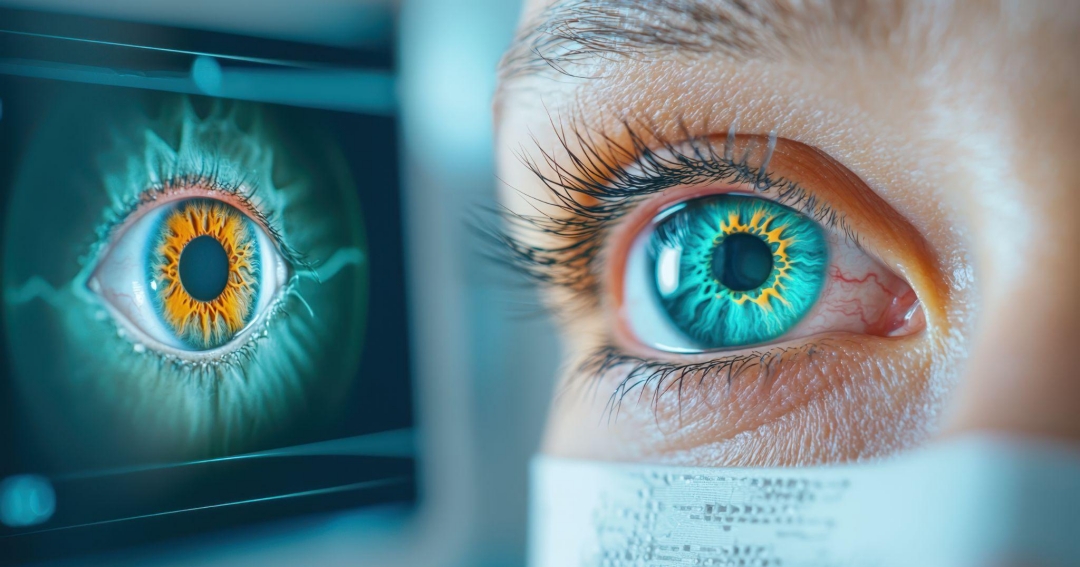
- Remove the current class from the content27_link item as Webflows native current state will automatically be applied.
- To add interactions which automatically expand and collapse sections in the table of contents select the content27_h-trigger element, add an element trigger and select Mouse click (tap)
- For the 1st click select the custom animation Content 27 table of contents [Expand] and for the 2nd click select the custom animation Content 27 table of contents [Collapse].
- In the Trigger Settings, deselect all checkboxes other than Desktop and above. This disables the interaction on tablet and below to prevent bugs when scrolling.
If your exam room feels busier than ever, but your evenings are still filled with charting and admin, you're in good company. More ODs are leaning into AI in optometry to lighten the load, reclaim hours, and deliver even better patient care.
This isn't sci-fi. Artificial intelligence in eye care is already proving its value in real practices just like yours.
AI in Optometry Diagnostics: Faster and Just as Accurate
Imagine spotting early signs of diabetic retinopathy or glaucoma in seconds, with confidence that matches a seasoned specialist. That's the reality with AI diagnostic tools in optometry today.
Multiple studies show that AI can detect certain retinal diseases with accuracy on par with, or even better than, a human clinician.
For example, FDA-cleared solutions like EyeArt have demonstrated over 96% sensitivity for detecting more-than-mild diabetic retinopathy, This is far better than general ophthalmologists and retina specialists were able to do in head-to-head clinical studies.
What's more, where a manual image check might take five or ten minutes, AI for retinal imaging does it in seconds—so you have more time to explain next steps to your patient.
And tools like Altris AI and Google's DeepMind are helping optometrists do exactly that, quickly, accurately, and with less guesswork.
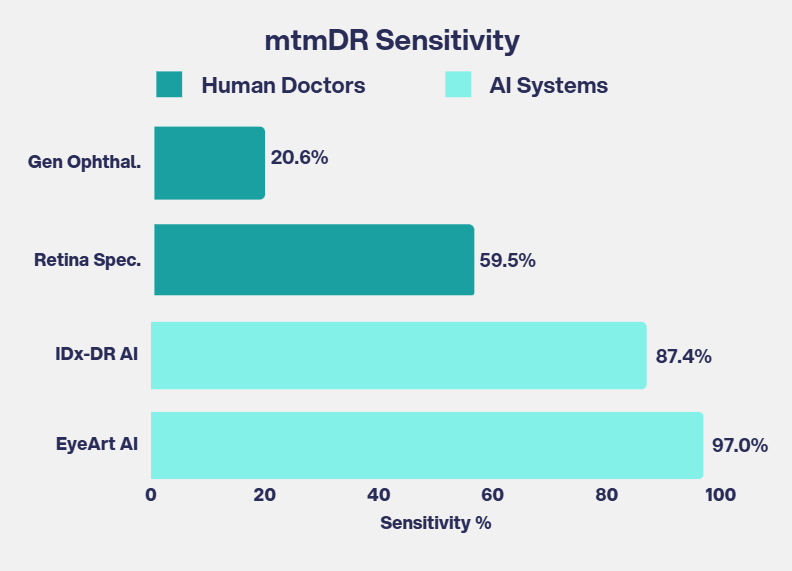
AI Takes The Guesswork Out of Contact Lens Fitting
Traditionally, fitting contact lenses relied heavily on trial and error and the practitioner’s experience, but AI is changing that.
AI can analyze detailed patient data like corneal topography, refractive error, and tear film quality, then make precise, personalized lens recommendations that fit better the first time.
Studies show AI-based fittings improve accuracy and comfort, cutting fitting errors, reducing follow-up visits, and shortening the fitting process by up to 40%.
For patients with complex conditions like keratoconus or high astigmatism, AI offers even bigger gains. It can boost fitting success by up to 35% and improve visual clarity and comfort.
As AI learns from each fitting, its recommendations become more intuitive, helping eye care professionals deliver faster, more reliable fittings and raising patient satisfaction.
AI Chatbots for Optometry
We've all seen those basic website chatbots lurking in the lower corner of websites—often more frustrating than helpful. But modern AI chatbots offer a completely different patient experience for your optometry practice.
Today's chatbots are powered by advanced artificial intelligence. They’re smart, responsive, and genuinely helpful. They understand context, learn from interactions, and provide instant, personalized patient service 24/7.
Immediate Patient Support
- Quickly answer routine inquiries—appointments, hours, services—without staff involvement.
- Significantly reduce call volume, freeing your front desk to focus on patients in-office.
Patient Education and Engagement
- Deliver accurate, customized responses on eye conditions, treatments, and follow-up care.
- Improve patient satisfaction and adherence with immediate access to trustworthy information.
Today's AI chatbots are like having a reliable, always-on team member—improving patient experience, reducing your team's workload, and integrating smoothly with your optometry practice workflow.
AI Scheduling and Documentation: Boosting Practice Efficiency
Reducing No-Shows
It's no secret that every missed appointment costs time, money, and energy. That's why many optometry practices turn to AI scheduling to smooth out the day and keep the schedule full.
Research shows that even basic automated reminders can reduce no-show rates by up to 38%. When you add predictive AI, you get insights into which patients might cancel or skip, so your team can act before that seat goes empty.
AI Scribes
Then there's the mountain of documentation. For many ODs, charting swallows 35%–50% of the day.
AI scribes are changing that. When The Permanente Medical Group rolled out ambient AI scribes in 2023, the goal was to tackle the heavy documentation burden draining time and energy from physicians.
One year later, across more than 2.5 million patient visits, these generative AI scribes saved doctors nearly 15,800 hours of documentation time, equal to about 1,800 workdays reclaimed.
By automatically transcribing and drafting notes from patient conversations, AI scribes freed doctors from hours at the keyboard, reduced after-hours “pajama time,” and gave them more direct, face-to-face interaction with patients.
Physicians also reported higher job satisfaction and better patient relationships, while nearly half of patients noticed their doctor spent less time looking at a computer during visits.
The result: Real-world evidence that AI scribes do more than cut paperwork. They also help restore the human side of medicine, making more time for meaningful patient care.
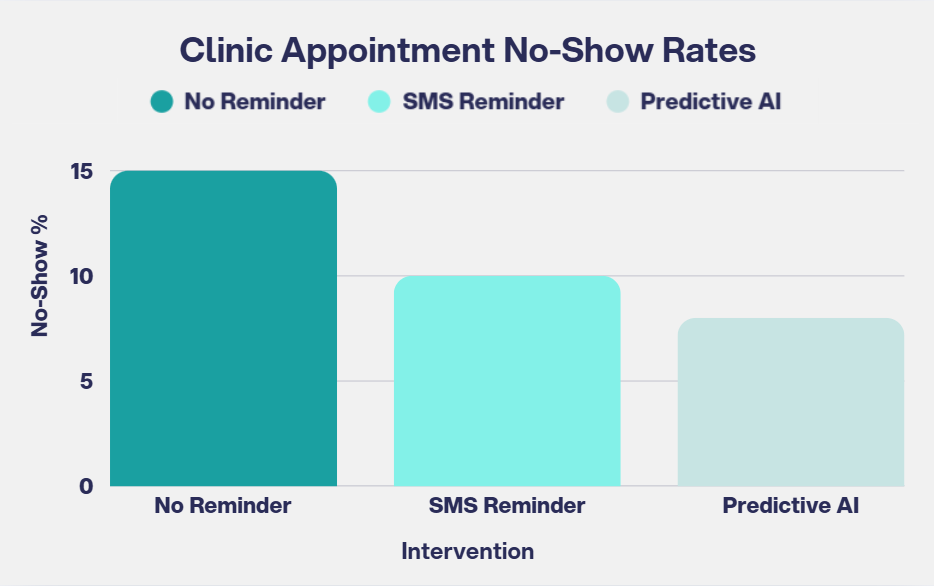
AI for Patient Engagement: Keeping Patients on Track
When patients feel connected, they're more likely to follow treatment plans, show up for recare, and trust your guidance. But staying connected shouldn't mean your staff spends all day calling, emailing, or texting reminders.
That's where AI for patient engagement in eye care steps in.
Automated recall systems, smart reminders, and even personalized educational messages keep patients informed, without adding extra work for your front desk.
It's hands-off for your team, but it feels personal to your patients.
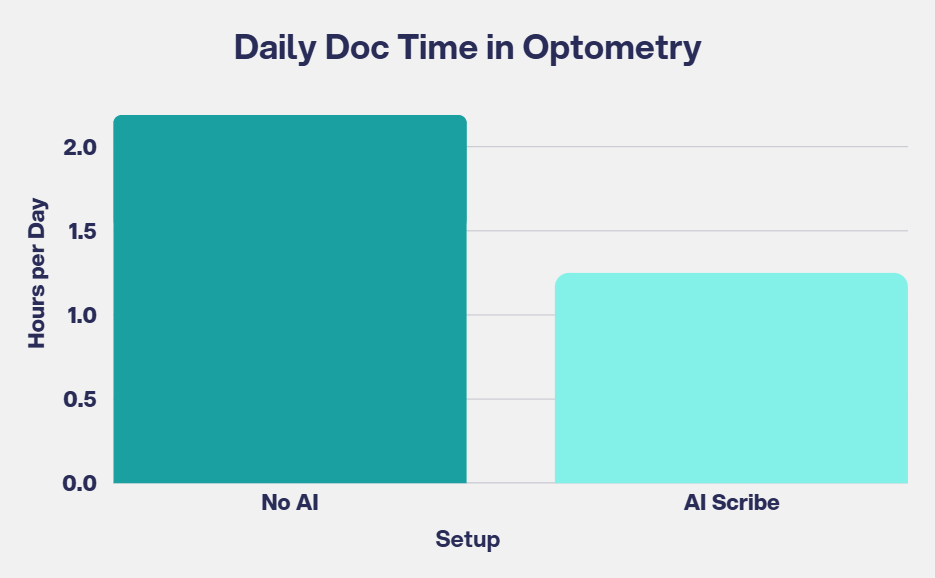
Optometrists Are Embracing AI
Not long ago, AI felt like something for big hospital systems or Silicon Valley labs. But that’s changing fast. Today, AI tools for optometrists are becoming everyday tools—from diagnostic support for OCT scans to predictive scheduling.
In a Journal of Optometry survey, 67% of respondents said they were familiar with AI, and 72% felt that it would improve the practice of optometry. 65% of optometrists reported that they were willing to use AI in their practices.
For ODs, the payoff is clear: more confidence in what you see, less time stuck in the back office, and more time face to face with patients.
The next wave of AI in optometry will combine fundus images, OCT data, and visual fields to spot broader health issues—potentially flagging systemic disease from an eye exam.
Edge computing in handheld devices and wearables may one day deliver real-time insights chairside. But at every step, the OD stays at the center of care.
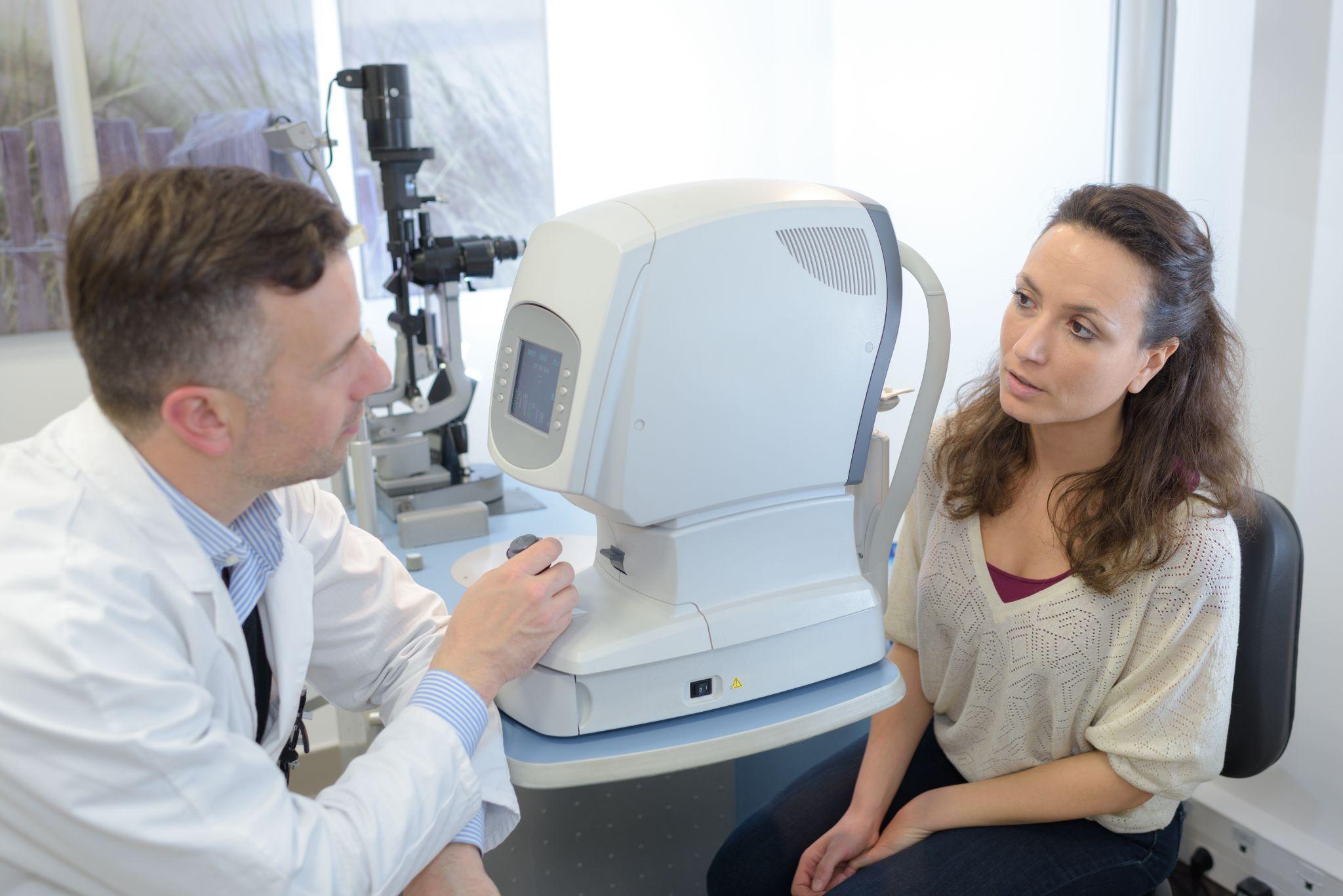
AI Supports You—It Doesn't Replace You
No AI will ever replace your chairside manner, your clinical judgment, or the trust your patients place in you. But what it can do is handle routine checks, flag early concerns, automate repetitive tasks, and help keep patients on track, so you can focus on what only you can deliver: compassionate, personalized eye care.
Think of AI as your always-on assistant that:
- Spots early signs before they escalate.
- Cuts down the busywork that drains your staff.
- Nudges patients so they stick with treatment plans.
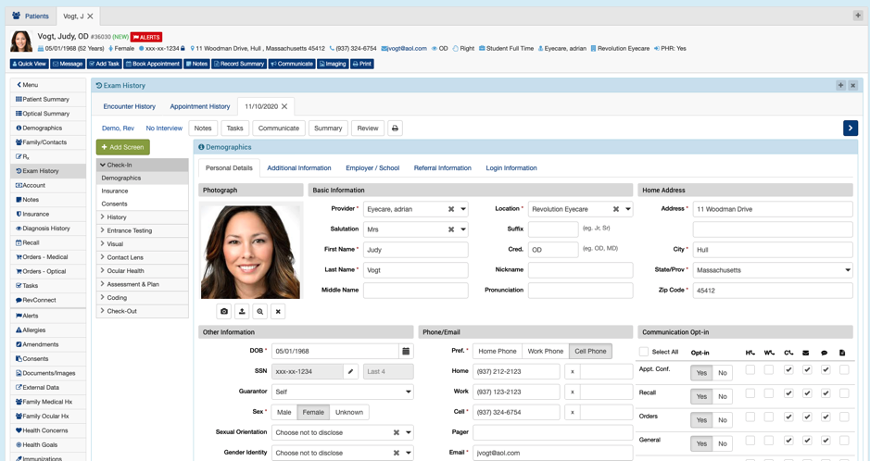
RevolutionEHR: Ready For Whatever The Future Brings
When the next wave of innovation reaches your practice—whether it's artificial intelligence, automation, or smarter ways to care for patients—you shouldn't have to wonder if your systems can keep up.
With RevolutionEHR, you have an all-in-one, cloud-based platform designed specifically for optometry. You can work from anywhere, stay connected with your team, and trust that your software will grow and adapt as technology evolves.
Our mission is simple: keep you focused on what you do best—caring for patients—while we handle the technology, security, and support you need to thrive in a changing world.
Curious how RevolutionEHR can future-proof your practice? Schedule a demo today and see what's possible.


